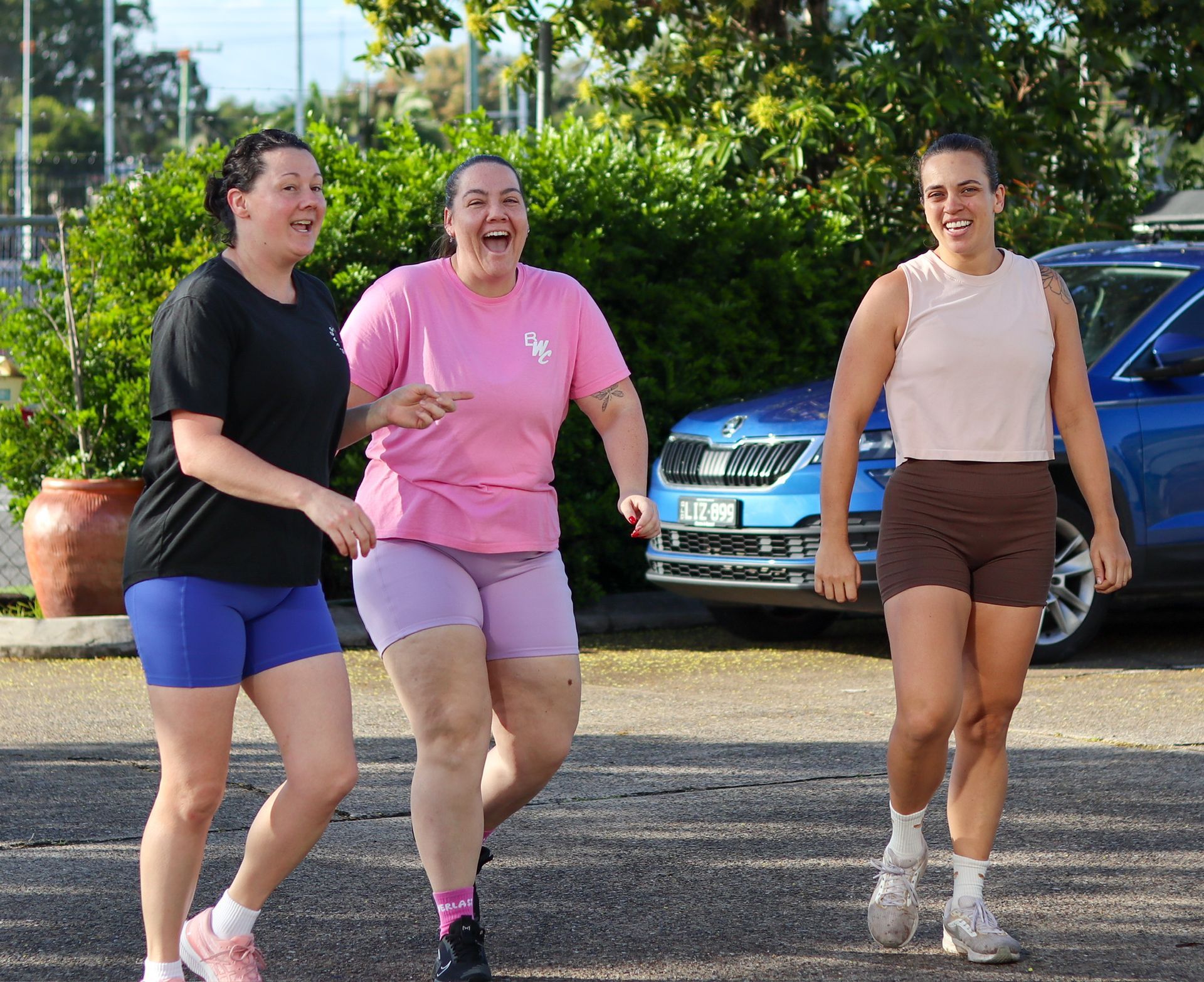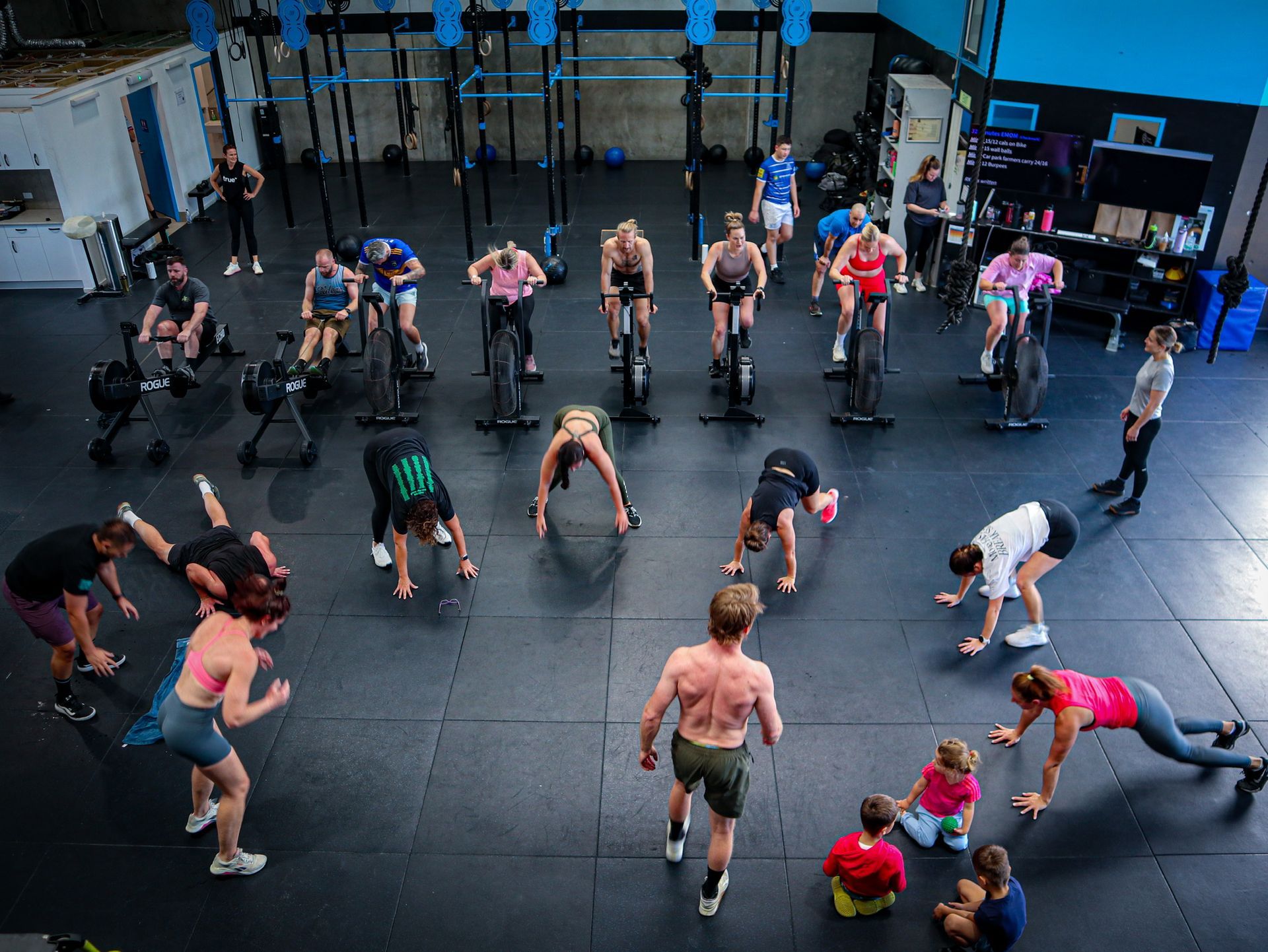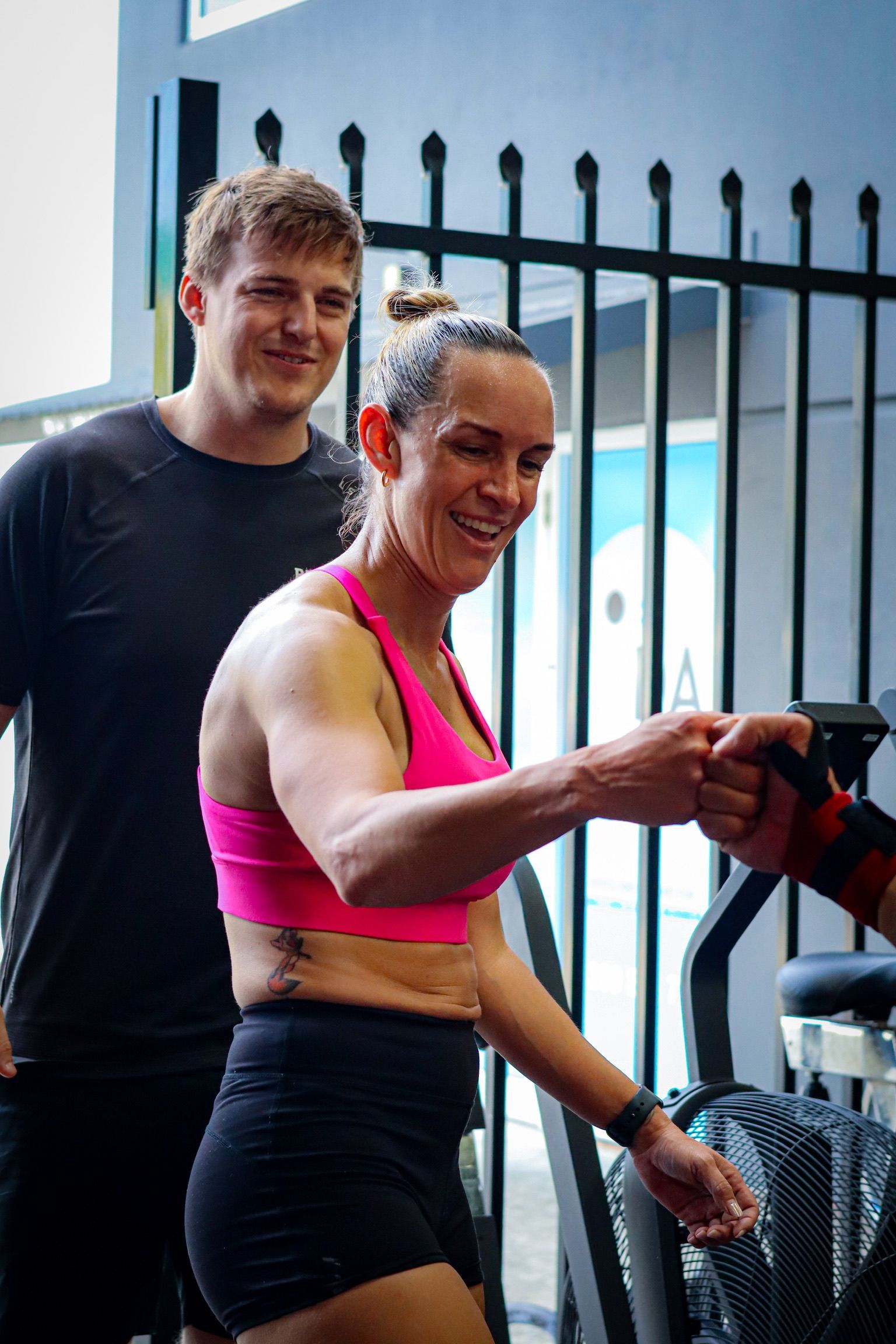Lily Riley: The Story Of A Resilient Power-Lifter and Cancer Survivor
One of the strongest women in Australia, her story is as powerful as she is. Lily Riley is 25-year-old powerlifter who was at her peak when she was diagnosed with stage 2 kidney cancer with a 12cm tumour in March last year. Lily the powerlifter A relatively sporty girl, Lily was involved in sports, track and field activities all throughout high school. While her main interest was playing rugby league, she started going to the gym fairly early, at age 15, to help her perform better on the track.“I started lifting when I was around 15 or 16. I think I’d finish school and a bunch of boys and I would walk to the YMCA gym and pump out arms, shoulders and bench. And then I kind of realised how strong I was,” says Lily.It wasn’t long before her efforts and talent caught the eye of an elite powerlifter at the gym, who was impressed by her age and her potential. “An elite powerlifter approached me at the gym one day and asked me how old I was. When I told her I was 18 she said, ‘You’re 18 and are in the gym squatting 100kgs by yourself?’ She sort of took me under her wing, and trained me for my first powerlifting meet which was at 19 years old.”She immediately excelled in lifting. “I did 130 kgs squat, 120 kgs deadlift and a 65 kgs bench. I was the youngest competitor there, and among 30 women I came fourth,” Lily adds. In March 2020, Lily was training for another powerlifting meet. She was feeling strong, with a 227kg squat, 200kg deadlift and a 100kg bench press, all while weighing in at under 75kg. Kidney cancer Just days before her meet was due, Lily felt sick. “At the hospital, they first diagnosed me with UTI, put me on antibiotics, ran some tests and sent me home. The next day I was just in so much pain again. Went back to the hospital and some more tests later I was told I had an enlarged kidney. A couple of days later we found out it was a tumour and then days following that we found out it was cancer.”She was diagnosed with stage 2 kidney cancer, also known as renal cell carcinoma, and she had a 12cm tumour growing inside of her kidney.Doctors operated and removed her kidney. Though the surgery had been successful, the road to recovery, mentally at least, wasn’t the easiest. Lily says she had gone from being at her strongest, to arguably her weakest in a matter of days. She says, “Once I was out of the hospital, I weighed 64 kgs. That was the hardest part of the weight loss I had. I was okay with being skinny but imagine being at your peak performance and suddenly having everything ripped away. I was so unhealthy; I was skin and bones and moments from being anorexic while I was at the hospital. That’s what ruined me.”For someone as fit as Lily, and a person who’s life centres around fitness, it was even sit still, only allowed to lift 5kg. She recalls, “I was on a mission to put in size, get big and move. As soon as I was out of the hospital, I started going for long walks, then started running. Two weeks later, I started doing body weight stuff at home. Slowly, I started exercising with 7kg dumbbells. I put on 14 kgs in a couple of months, I did it really fast. I was eating in a calorie surplus right from the beginning.”Lily's recoveryA little over a year into her diagnosis and surgery, Lily is back to full force, competing regularly, and winning. Lily works out four days a week, and focuses on her three main lifts: squat, bench and deadlifts. And while these are done to keep her fit, she puts an immense amount of focus on her recovery as well. Her recovery includes a mix of long walks, massages, checking in with her physio, and some hot and cold therapy. “You need to recover just as hard as you train,” says Lily.From dropping down to 64 kgs, to doing an incredible 210 kg squat, to now building herself up to 79 kgs, the resilience shown by Lily has been inspiring, if anything. What doesn’t kill you really does make you stronger.Listen to her full story on the podcast.
Previous Blogs




